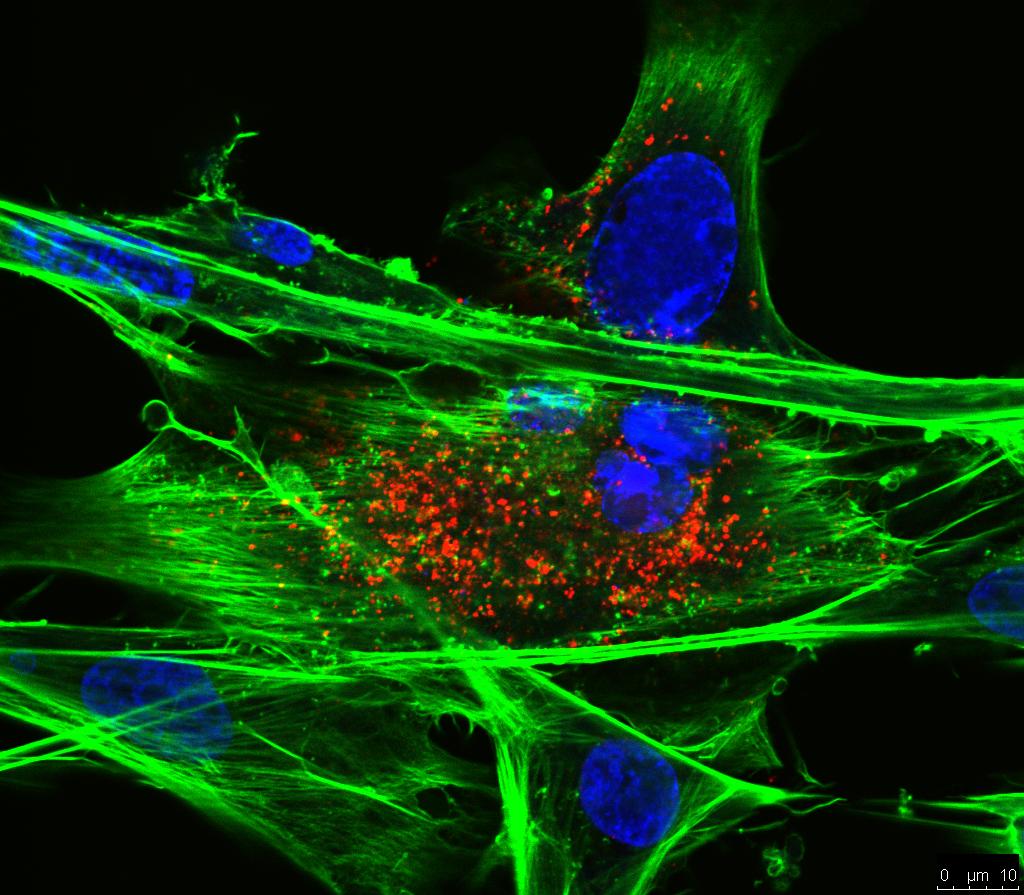Isolation, identification, and genomic characterization of chicken astrovirus isolates from China
Chicken astrovirus (CAstV) infection can cause diarrhea, nephritis, stunted growth, and “white chickens” condition, resulting in economic losses to the poultry industry. Currently, a few CAstVs were isolated and a few full-length genome sequences of CAstV have been deposited in the GenBank. In the present study, two CAstV isolates (AAstV/Chicken/CHN/2017/NJ01 and AAstV/Chicken/CHN/2018/CZ01) were successfully isolated by using LMH cells, and we molecularly characterized these two CAstV isolates and observed the effect of these two isolates on hatchability using chicken embryo infection experiment. The genetic analysis demonstrated that these two strains had the typical characteristics of avian astroviruses, which were composed of three open reading frames, 5′UTR, and 3′UTR. The full-length genome sequence showed a high-degree identity at nucleotide level of 97.5–98.7% among Chinese isolates suggesting their common ancestors and limited sequence divergence. Sequence analysis of ORF2, which encodes the capsid protein associated with classification of avian astrovirus, revealed our two isolates belonging to CAstV Bi subtype. At the amino acid level, the complete capsid region of Chinese strains shared genetic distances of 0.03–0.04 with FP3 strains isolated from the UK, suggesting their common origin. Meanwhile, hatchability reduction was observed. These results provided novel insights into the molecular epidemiology and hatchability effect of CAstV.
